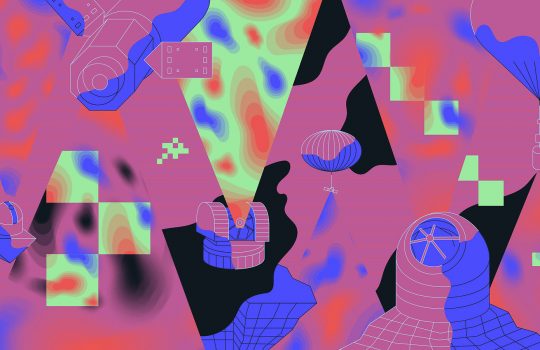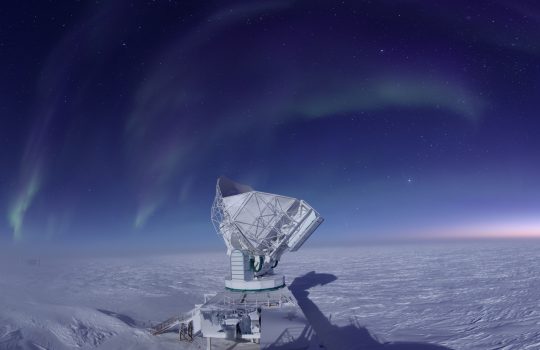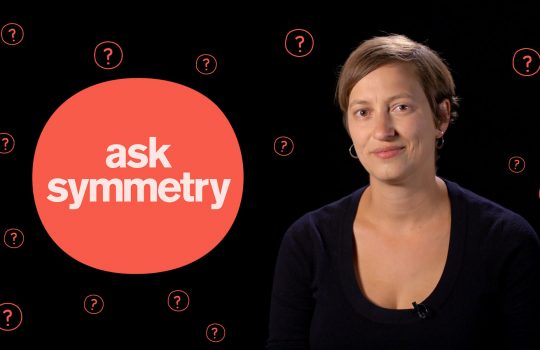Scientists combine forces to study first light
Ground-based experiments designed to study the cosmic microwave background have gotten larger and more sophisticated over time. Now, nearly 200 scientists who have up until this point worked on different competing CMB experiments have joined forces to propose a fourth-generation experiment, the largest ground-based one yet, called CMB-S4.



